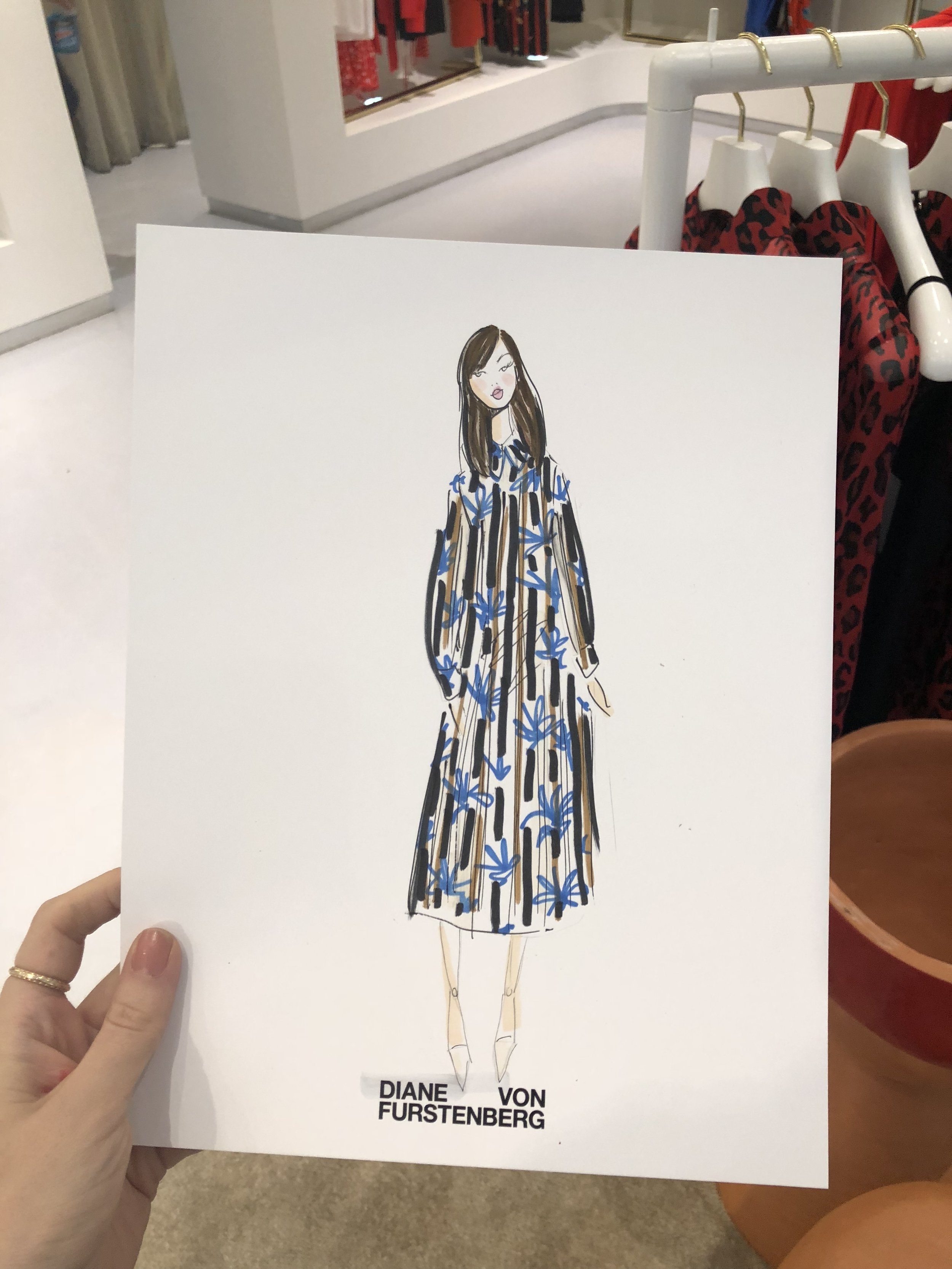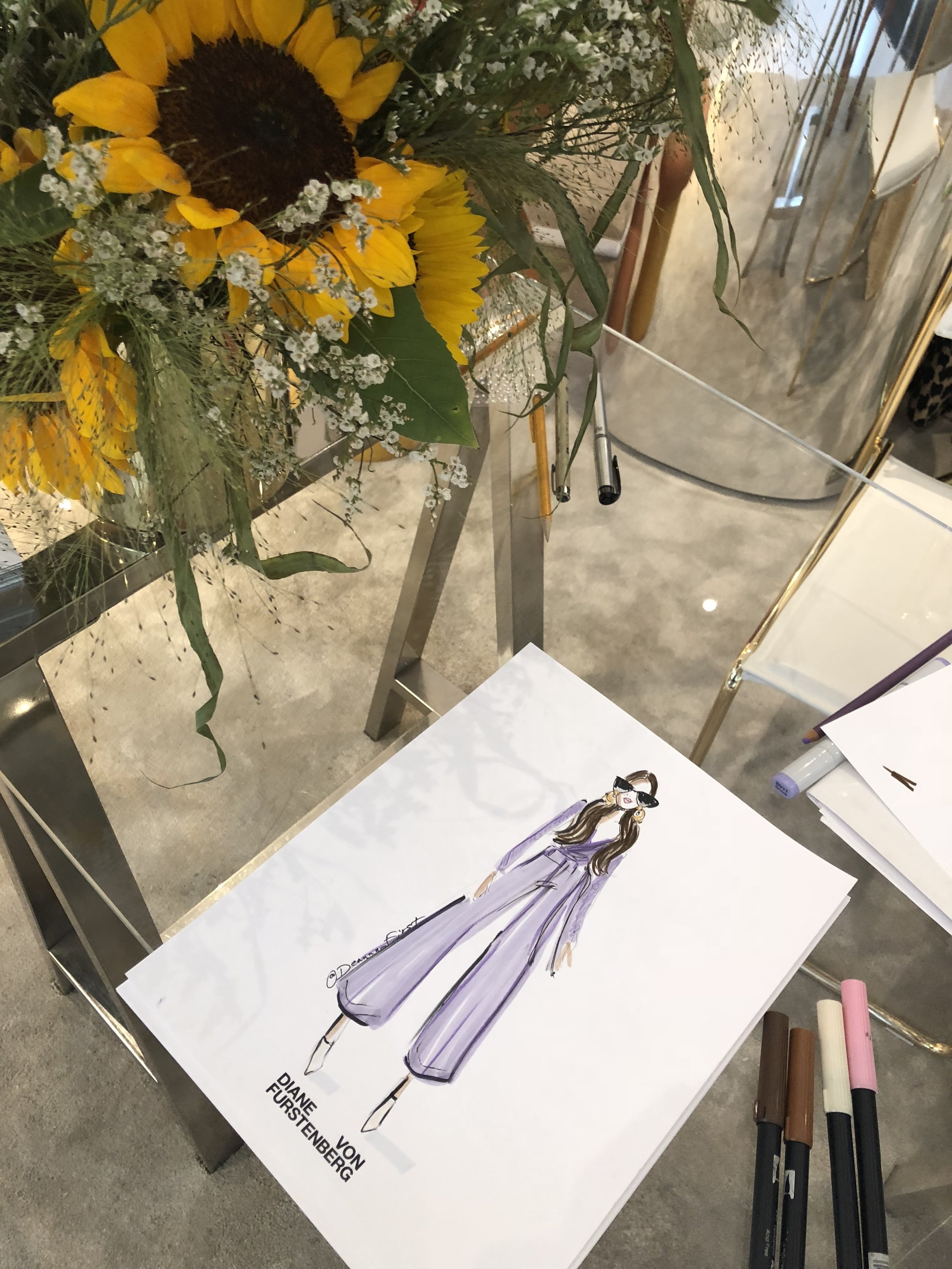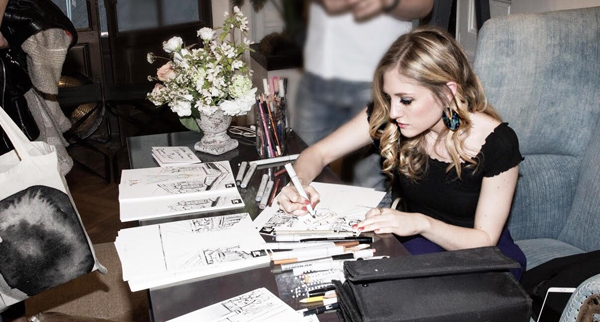1. Do you quit your day job to pursue your passion?
Before you quit your day job I recommend getting a part-time job a few days a week while building up your client list and creating a portfolio. If it could be in a similar industry that is even better so you could learn along the way.
Start by creating a few collections so that your website will look cohesive and professional. If you have enough money saved up already from a previous job you could quit but I don't recommend completely quitting a job unless you have a few repeat clients already.
2. How did you create your own style? What if I feel like I don't have my own?
This was one of my big "struggles" when I started out. I reached out to blogs and sites to feature my artwork by interviewing me. I had one person tell me they could not feature my website on their page because my art did not look cohesive and appeared like I didn't have a style. I remember being so discouraged and upset by the response.
This worked to my advantage though. I do think it is beneficial to have a set style. It easily identifies you as a brand and sets your work a part. However, my illustrations have evolved into a few easily recognizable styles. I have a quicker sketch style that is fun and not super realistic and I have a realistic style that I usually use 1-2 pops of color with. Because of my versatility I have gained clients with both style preferences!
It could take a few years to really develop a style that represents you. Whatever you do don't try and replicate someone else's sketches. Especially if it is someone that already is well established in the industry. In my opinion, you may think they might be flattered but how are you going to make an impact in the industry with someones ideas that aren't yours? It's ok to take a bit of inspiration here and there but not the entire sketch.
3. How do you find clients?
In the beginning of my career I did do a lot of outreach and emailed tons of people and brands that did not know me. I also applied to a lot of illustration agencies once I launched my website.
What I learned from this is that agencies in most cases will not represent you unless you have worked with established brands and have experience. Think about it, it is like applying for college if you have not even started high school yet. Some small agencies may take a chance on you but the majority of reputable large agencies won't work with you unless you have proved yourself.
Most people did not respond to me when I first started to promote my work. People are busy and aren't going to make an effort especially if they do not know you (most of the time). My advice is to go as many events as you can and be social! Don't be shy. I've introduced myself to many many people randomly at events and parties and little did I know it ended up leading to jobs years later. Even ask around to your friends are family you may be surprised who knows someone that works at one of your dream clients!
If there is a brand I love I will reach out directly but most of the time clients have found me via word of mouth, google or social media as my career has progressed.
4. How do you sell your art?
There are tons of ways to sell your art and get noticed! I have an online shop linked directly to my website which has prints. Some people offer original works on their shop as well. A lot of artists also use Etsy, which I did until switching over to one linked to my site.
Most of my profits come from custom commissions that I have created for campaigns, brands or for personal use. Usage rights vary by how the artwork is being used so for instance so a book cover is going to be a higher rate than a picture framed in someones home. There are of course exceptions for everything.
5. Help, I don't know how to make a contract?
There are actually websites out there that will help assist you in making a contract. I personally love Shake by LegalShield
You can pick what kind of craft you are involved with and it will walk you through the process and provide templates to assist you.











